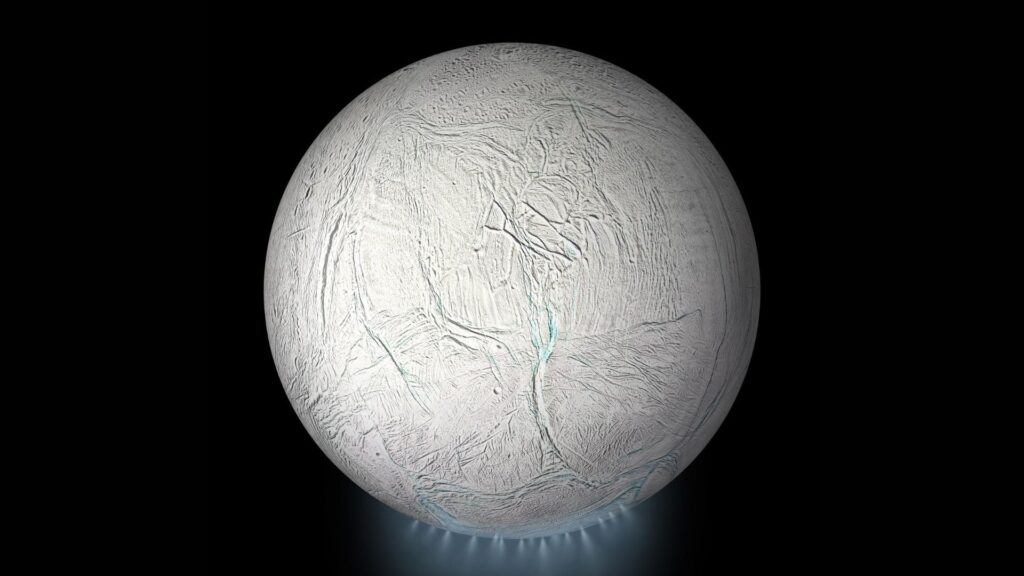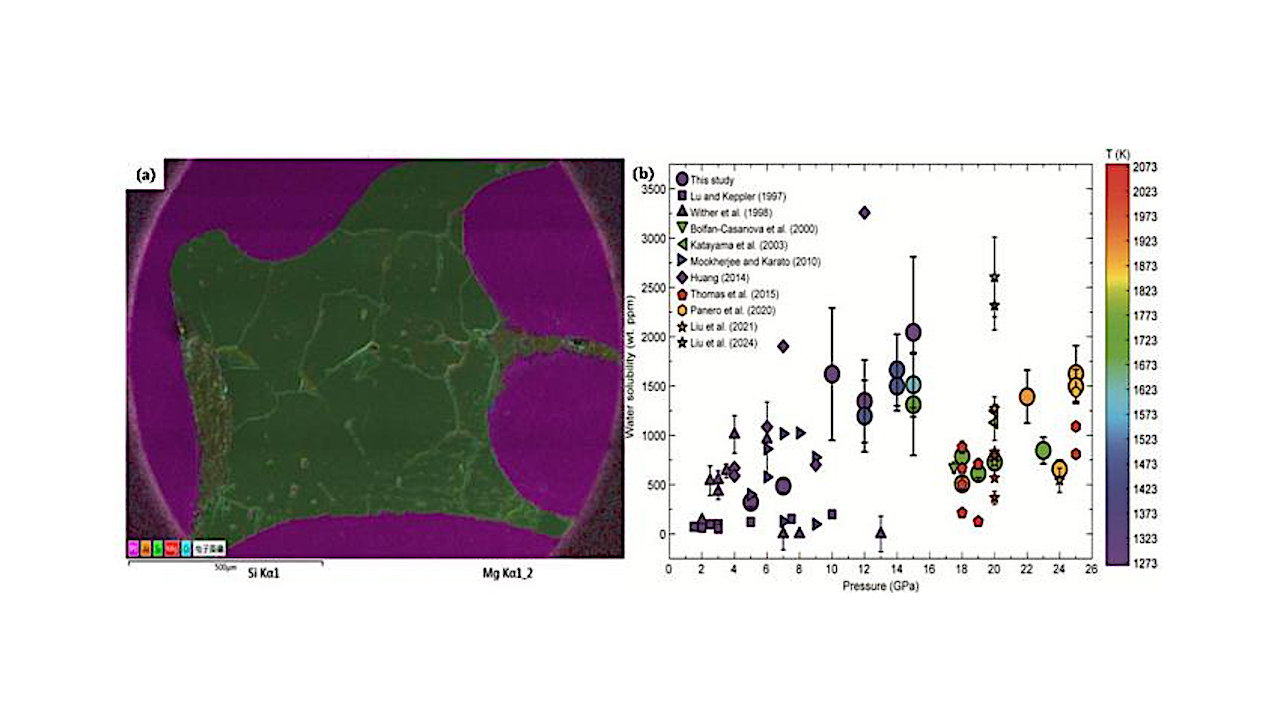Now Reading: James Webb Space Telescope finds a wild black hole growth spurt in galaxies at ‘cosmic noon’
-
01
James Webb Space Telescope finds a wild black hole growth spurt in galaxies at ‘cosmic noon’
James Webb Space Telescope finds a wild black hole growth spurt in galaxies at ‘cosmic noon’
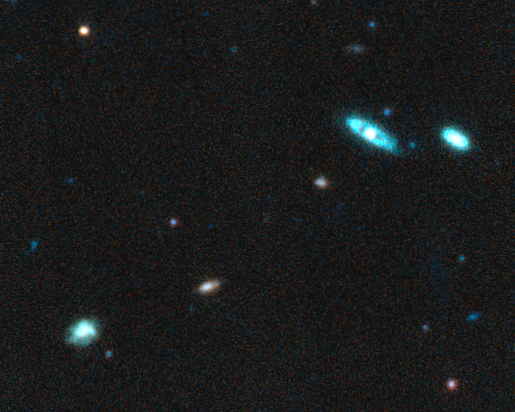
Astronomers have used the James Webb Space Telescope (JWST) to peer back in time over 10 billion years, observing an early era in cosmic history. In doing so, the team from the University of Kansas (KU) found ravenous black holes at the hearts of galaxies during “cosmic noon” experiencing a wild growth spurt.
Cosmic noon is a mysterious period of the universe’s evolution, around 2 billion to 3 billion years after the Big Bang, when galaxies like the Milky Way were rapidly forming stars in a process called “starburst.” This growth through star formation was so intense that the team behind this research thinks half of all stars seen in modern galaxies originated during cosmic noon.
The team conducted the MIRI EGS Galaxy and AGN (MEGA) survey with the James Webb Space Telescope to better understand this crucial epoch in the universe’s 13.8-billion-year history.
“We want to understand how these galaxies are forming stars, how many stars they’re forming, and especially how the black holes at their centers are growing,” project principal investigator and KU researcher Allison Kirkpatrick said in a statement. “Our goal with this project is to conduct the largest JWST survey in the mid-infrared across multiple bandwidths.”
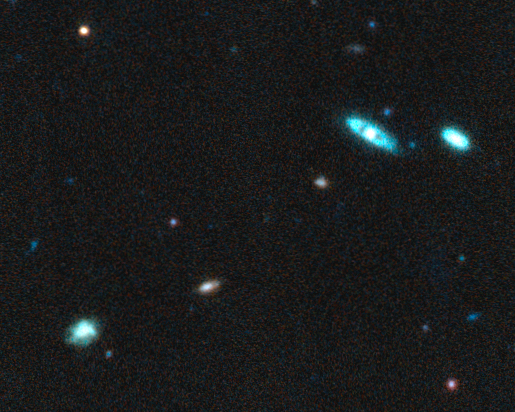
These cosmic noon galaxies are shrouded in thick clouds of dust, which efficiently absorb visible light, making them difficult to study. However, the dusty shrouds are less adept at absorbing infrared light, making the JWST the ideal instrument to peer deeper into these early galaxies than ever before.
“The mid-infrared is where dust emits, so we’re looking at dust-obscured galaxies,” Kirkpatrick said. “Dust hides many things, and we want to peer behind the dust.”
Exploring the Extended Groth Strip
The team applied the JWST’s infrared observing power to a galaxy-rich strip of space located near the constellation of Ursa Major, called the Extended Groth Strip.
“The Extended Groth Strip is a region of the sky that has now become one of the premier JWST fields,” Kirkpatrick said. “Within this region, we’re able to see about 10,000 galaxies — even though the area is only roughly the diameter of the moon.”
Kirkpatrick and colleagues used the Extended Groth Strip as a hunting ground for galaxies with ravenously feeding and thus rapidly growing supermassive black holes at their hearts.
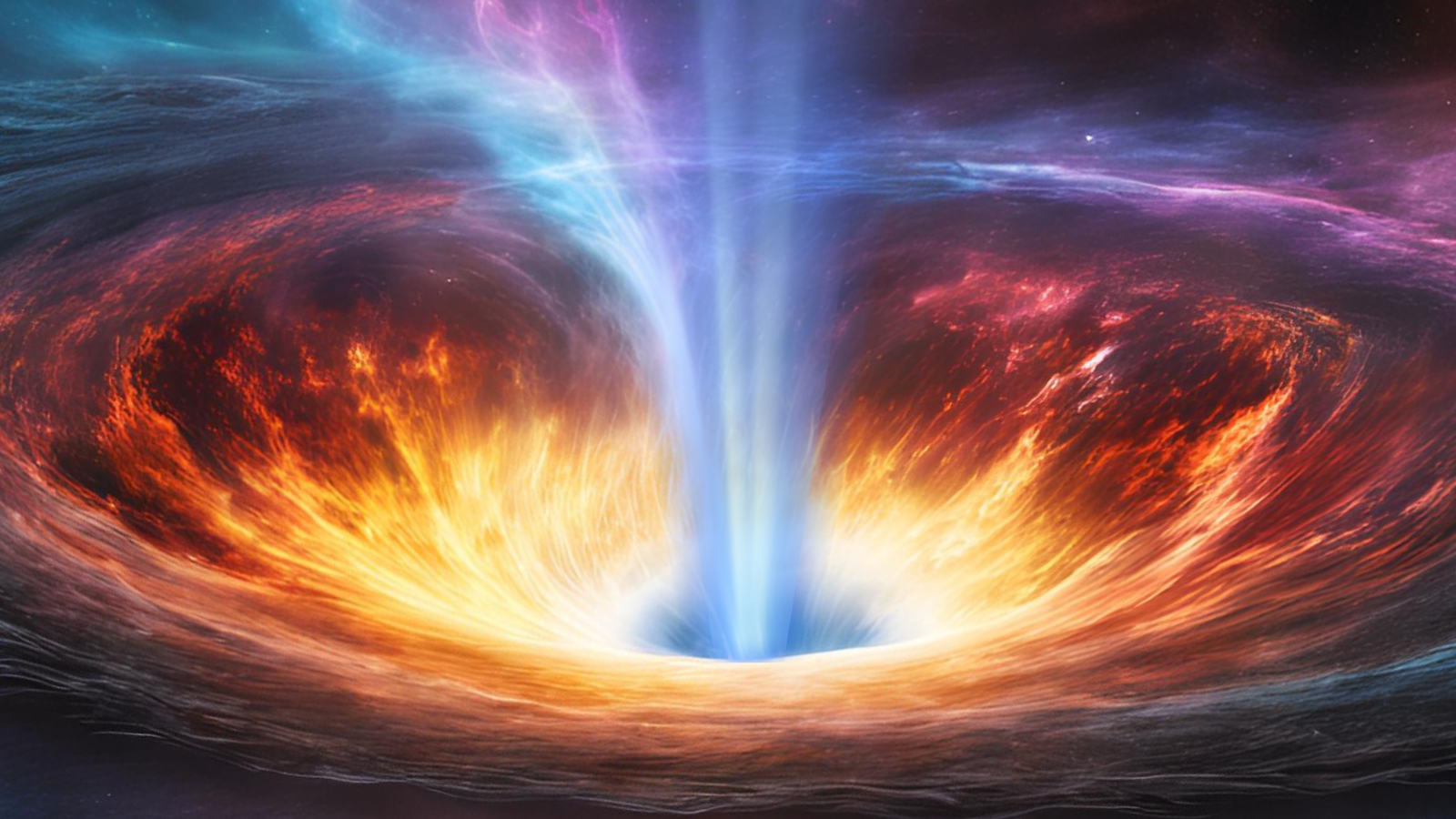
Though black holes themselves emit no light, their immense gravitational influence generates friction in the material that swirls around them. This heats that material to tremendously high temperatures, causing these regions called “active galactic nuclei,” or “AGNs,” to glow brightly.
The theory is that some of the AGN-hosting galaxies seen for the first time in infrared in the MEGA data are ancestors of Milky Way-like galaxies. That means measuring how fast their black holes feed, how rapidly they birth stars, and how their appearance changes due to mergers and collisions with other galaxies could eventually provide unprecedented information about our own galaxy’s formative era.
Collecting and processing this data has been a painstaking process, and it’s actually one you too can assist with.
How can you get an early look at JWST images?
The KU team’s investigation turned up a vast amount of data and raw images, which the team scoured to produce usable images and information.
“In theory, a galaxy could show up in one image and not another because we’re using different filters,” team member and KU researcher Bren Backhaus said. “It’s like taking pictures using only red, blue, or green light, which eventually creates very pretty images.
“But because the telescope is moving slightly, the images are a little out of frame with each other.”
Backhaus added that the first step is simply receiving the images, with the next step involving correcting for known issues with the telescope.
“For example, there’s a known scratch that appears in every image, and there are dead pixels,” Backhaus explained. “The first task is to fix or at least tell the software to ignore those pixels.”
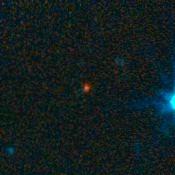
Backhaus and colleagues’ next goal was to create a catalog by finding a measurable amount of light and recording how much of that light comes in through a given filter.
“That was my primary work with the data, and I was really excited because I had never worked with photometry data before,” Backhaus said. “It really expanded my skill set, and I got to see beautiful galaxies before anyone else.”
Thus far, the team’s project has used the JWST for 67 hours, with a further 30 hours approved for the future. But the rest of the astronomical community will have to wait to lay their eyes on what the KU team describes as a “beautiful dataset.”
“This is the largest amount of JWST data we’ve been able to bring to KU with a principal investigator here, which means KU students have exclusive use of this data for now,” Kirkpatrick said. “It’s not public yet. The way telescope time works is that, because so much effort goes into writing a proposal, you’re given a year of exclusive use of the data. Then it gets released into a public database, but only as raw data.
“Anyone can access it, but they’d have to do their own processing, which has taken months in our case.”
Related Stories:
However, there is a way you could get early access to the MEGA images. Members of the public can classify the galaxies and help hunt mergers via the Cosmic Collisions Zooniverse project.
The team’s research has been accepted for publication in the journal Astrophysical Journal and is available as a pre-peer reviewed paper on the repository site arXiv.
Stay Informed With the Latest & Most Important News
Previous Post
Next Post
-
 012024 in Review: Highlights from NASA in Silicon Valley
012024 in Review: Highlights from NASA in Silicon Valley -
 02Panasonic Leica Summilux DG 15mm f/1.7 ASPH review
02Panasonic Leica Summilux DG 15mm f/1.7 ASPH review -
 03How New NASA, India Earth Satellite NISAR Will See Earth
03How New NASA, India Earth Satellite NISAR Will See Earth -
 04And Thus Begins A New Year For Life On Earth
04And Thus Begins A New Year For Life On Earth -
 05Astronomy Activation Ambassadors: A New Era
05Astronomy Activation Ambassadors: A New Era -
06SpaceX launch surge helps set new global launch record in 2024
-
 07Space Force plans new ‘Futures Command’ amid pressure to speed up modernization
07Space Force plans new ‘Futures Command’ amid pressure to speed up modernization













